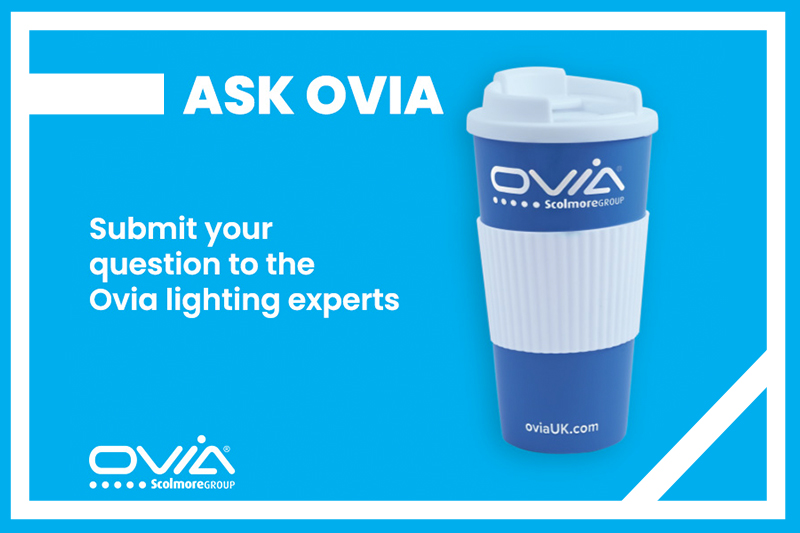

The column where you get to put your lighting questions to the head of the Ovia lighting business, Mike Collins, and his team of technical experts.
Q. WHAT CCT DO YOU RECOMMEND FOR HEALTH CARE ENVIRONMENTS SPECIFICALLY?
CCT (Correlated Colour Temperature) in lighting refers to the colour appearance of a light source, measured in Kelvin (K). It describes whether the light appears warm (yellowish) or cool (bluish). The CCT Scale is as follows:
- Warm White (2700K – 3000K) – a soft, yellowish light similar to incandescent bulbs.
- Neutral White (3500K – 4500K) – a balanced, natural white light.
- Cool White/Daylight (5000K – 6500K) – a bright, bluish-white light, similar to daylight.
As far as healthcare environments are concerned, it would depend on the specific areas being considered. A general overview of recommendations is as follows:
- For patient rooms and recovery areas where a warm and calming lighting solution would be required a CCT of 3000K is recommended.
- For operating theatres and examination rooms where a brighter, cooler light for high visibility is necessary, the recommendation would be a CCT of 4000K – 6000K.
- For nurses stations and corridors a balanced light that supports alertness but is not too harsh is required, with a recommended CCT of 4000K.
- For waiting areas warmer tones to offer a welcoming and soothing environment could be created with a CCT of 3500K – 4000K.
A more important requirement for a surgical area would be that the CRI (Colour Rendering Index) should be 90 or higher. CRI measures how well a light source shows colours and works on a scale from 0 to 100, with 100 being the best. Among the luminaires from Ovia’s commercial range that offer suitable CCT solutions are the Inceptor Slate Backlit power and CCT switchable LED panels and the Sprite recessed TRIAC dimmable LED downlights with CCT switch.
Put your question to the Ask Ovia team here
Visit the Ask Ovia Microsite here
Catch up on previous ‘Ask Ovia’ articles here
